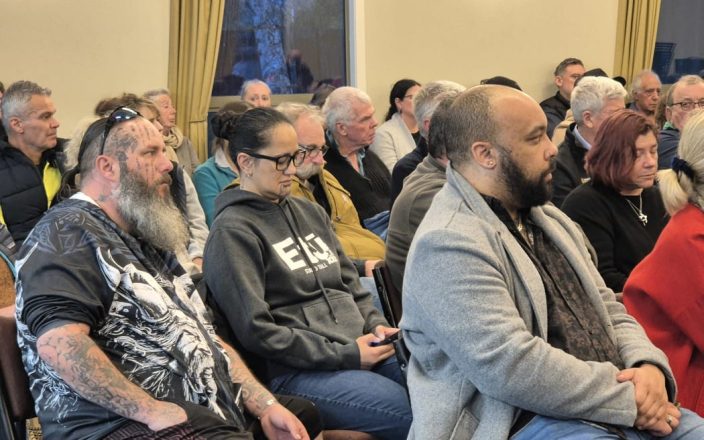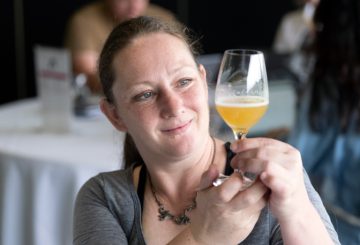Isang pampublikong pagpupulong ang ginanap noong Agosto 27, 2024, upang talakayin ang potensyal na pagsasara ng mga mill ng Winstone Pulp International sa gitnang North Island, na maaaring humantong sa pagkawala ng 230 trabaho. Marami sa komunidad ang nagpahayag ng kanilang mga takot tungkol sa epekto ng mga pagsasara na ito. Ang pagpupulong sa hall ng simbahan ni Raetihi ay puno, kasama ang mga lokal, pamilya, at maging mga bata na naroroon.
Binigyang-diin ni Liz Brooker, ang tagapag-ayos ng pulong, na ang isyu ay nakakaapekto sa buong rehiyon, hindi lamang sa mga trabaho. Ibinahagi ng mga empleyado at kanilang pamilya ang kanilang mga alalahanin, na ang ilan ay lumuluha. Inilarawan ni Aaron McCann, na nagtrabaho sa mill sa loob ng 29 taon, kung paano nakakonekta ang kanyang pamilya sa mill sa loob ng mga henerasyon. Nagalit siya na maaaring kailangang umalis ang kanyang anak para sa isang trabaho sa Australia kung magsara ang mill.
Si Duane Dixon, isa pang matagal na manggagawa, ay nagsabi na nais niyang manatili sa kanyang bayan, ngunit maaaring kailanganin niyang lumipat upang suportahan ang kanyang pamilya. Maraming mga manggagawa, tulad ng electricista na si Daniel Abernathy, ang nag-aalala tungkol sa kanilang hinaharap at kung paano sila makakahanap ng trabaho kung magsara ang mill.
Ang Winstone Pulp International ay nahaharap sa mataas na presyo ng kuryente, na nagtutulak sa kanila patungo sa pagsasara. Ang kanilang Chief Financial Officer, si Glenn Whiting, ay nagpahayag ng pasasalamat sa suporta sa komunidad ngunit kinilala ang mahirap na sitwasyon
Nangako si Raetihi Mayor Weston Kirton na makipaglaban para sa hinaharap ng mill, na nagmumungkahi na dapat mag-alok ng tulong sa pananalapi ang gobyerno, katulad ng mga subsidyo para sa ibang mga kumpanya. Gayunpaman, ang National MP na si Suze Redmayne ay hindi nangako sa anumang mga pangako para sa tulong, na nagsasabi na hinihikayat nila ang mga kumpanya ng kapangyarihan na hanapin ang kanilang mga solusyon.
Nauubos na ang oras, habang magtatapos ang mga konsultasyon sa mga manggagawa sa Lunes, at maaaring magsara ang mga mill sa unang bahagi ng Oktubre kung walang aksyon.





























































